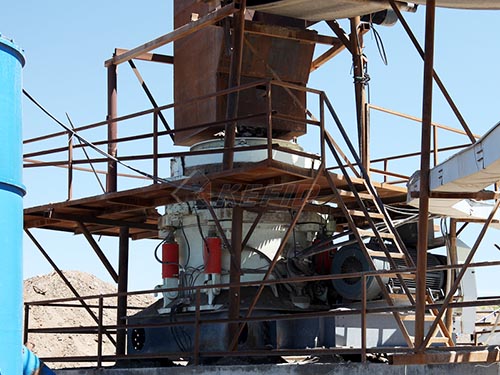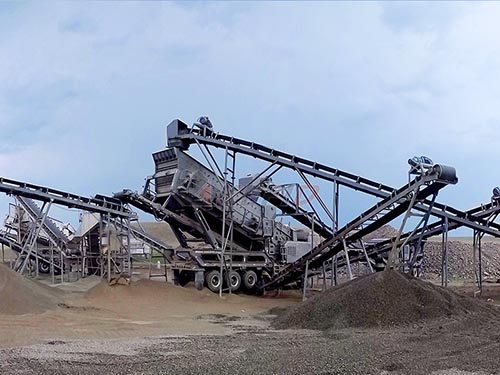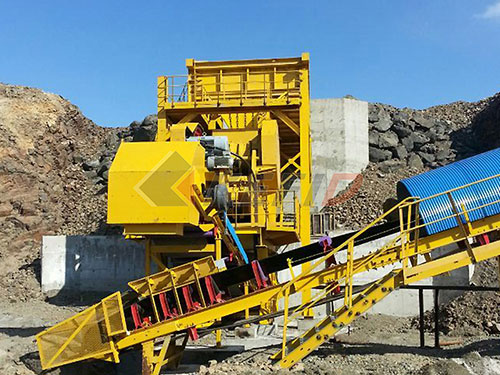
Beyond the Headlines: Understanding Airplane Safety in the Modern Age
The phrase “airplane crash” instantly conjures images of devastating news footage and profound loss. While these events are undeniably tragic and capture global attention, focusing solely on the incidents themselves paints an incomplete picture of modern air travel. The reality, underpinned by relentless engineering rigor and stringent safety protocols, is that flying remains one of the safest modes of transportation ever developed.
The Statistical Reality: An Unmatched Safety Record
The numbers speak volumes. According to the International Civil Aviation Organization (ICAO), 2023 saw approximately 31 million scheduled flights globally. Within this immense volume, ICAO reported only 2 fatal accidents involving large commercial passenger jets – translating to an accident rate of roughly 0.08 per million departures. Organizations like IATA (International Air Transport Association) and aircraft manufacturers like Boeing publish annual safety reports consistently showing a long-term trend of decreasing accident rates, even as the total number of flights climbs steadily year after year.
The Pillars of Aviation Safety: A Multi-Layered Defense
This remarkable safety record isn’t accidental; it’s the result of decades of continuous learning, technological innovation, and systemic improvements:
1. Relentless Engineering & Design: Modern aircraft are feats of engineering redundancy and resilience. Critical systems (like flight controls, hydraulics, and electrical power) often have multiple backups. Structures undergo exhaustive testing far beyond expected operational stresses – wings are flexed to extreme angles, fuselages pressurized repeatedly to simulate thousands of flights, and engines designed to contain failures or even ingest large birds (certification requires withstanding impacts from birds weighing up to 4 lbs / 1.8 kg at high speed).
2. Advanced Technology: Sophisticated avionics provide pilots with unprecedented situational awareness:
Terrain Awareness and Warning Systems (TAWS): Alert pilots to potential ground collisions.
Traffic Collision Avoidance Systems (TCAS): Automatically coordinate maneuvers between aircraft to prevent mid-air collisions.
Enhanced Weather Radar: Provides detailed real-time storm mapping.

Fly-by-Wire: Computer systems constantly monitor inputs and can prevent pilots from exceeding safe flight parameters.
Real-time Data Monitoring: Airlines constantly receive engine performance and aircraft health data during flight for proactive maintenance.
3. Rigorous Maintenance Regimes: Aircraft maintenance follows strict schedules mandated by aviation authorities (like the FAA in the US

Leave a Reply